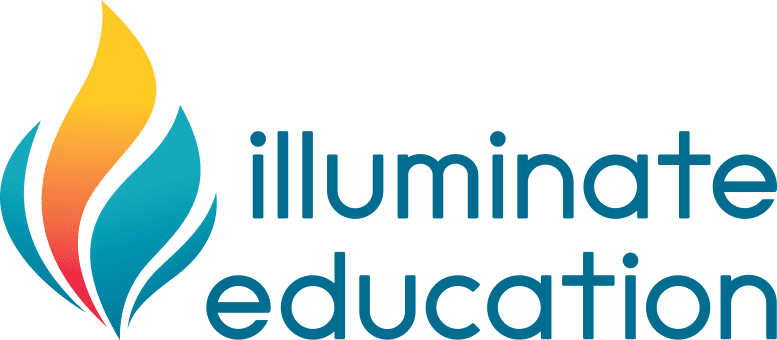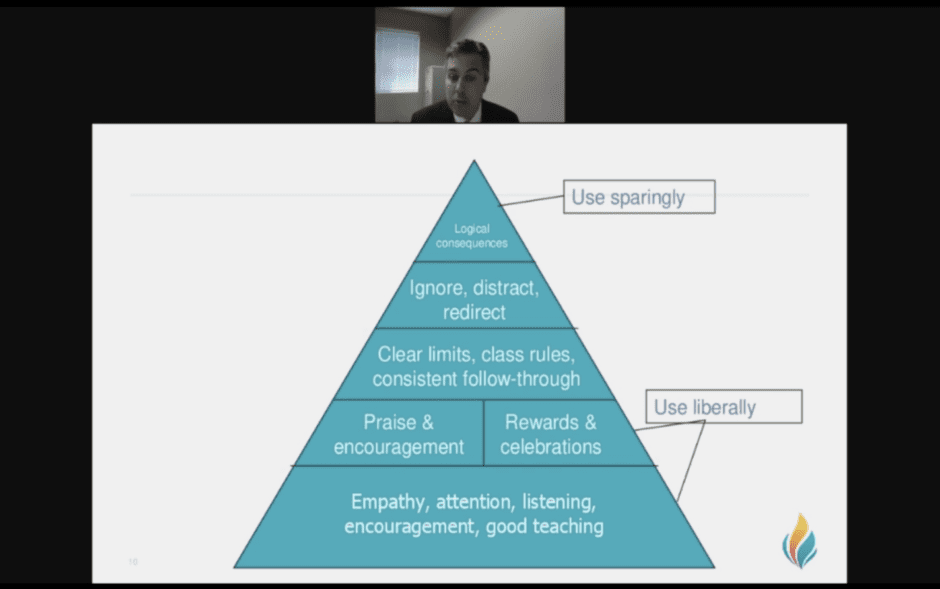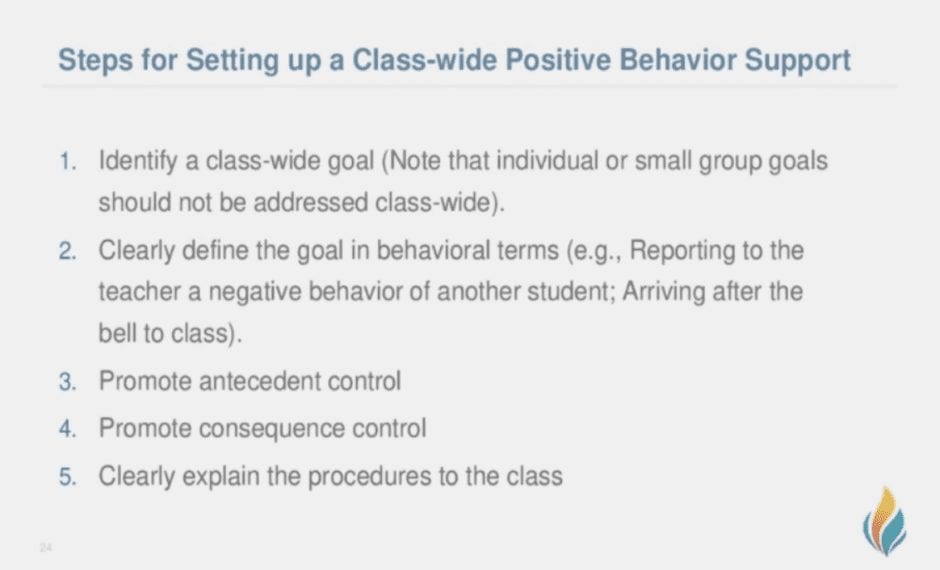Fortifying Students in Challenging Times
By Michele Israel
Disruption is the operative word these days when talking about school. COVID-19 has changed education’s landscape…and stressed out students. They are negotiating lots of uncertainty while navigating a different way of learning, all of which affect their overall well-being.
In a recent edWebinar sponsored by the FastBridge Assessment System by Illuminate Education, Gregory Fabiano, Ph.D., Professor of Psychology at Florida International University, shared instructional and learning strategies that strengthen students’ social-emotional learning (SEL) and behavioral skills so they can feel secure and cope during tumultuous times.
The “New Normal” of Learning
If ever a time called for innovative instruction, it would be now. Teachers have to balance student wellness with academic success in shifting learning environments. Maybe students are fully remote or have ventured back into the classroom with a range of restrictions. Or perhaps the approach is a blended one.
Promoting SEL and positive behavior across learning environments, explained Dr. Fabiano, involves three tiers of interventions to support students at their unique levels of need. He centered on Tier 1 (universal interventions) that help every student reduce mental health impairment caused by profound stressors, like COVID-19.
The Core of Universal Interventions
The foundation of any Tier 1 intervention is a strong, caring relationship with students, which calls for being a good listener, providing praise, offering rewards and celebrations, and offering engaging instruction. (He noted that these are often harder to provide online.)
Coupled with these interventions are limits, rules, and consistent follow through to maintain students’ positive behavior. Otherwise, there might be consequences, which, he explained, could signal behavioral conditions teachers set are not working.
Strategies for maintaining a balance of interventions in remote or hybrid environments exist, and when implemented appropriately, they can mimic successful classroom-based approaches. Dr. Fabiano offered myriad methods teachers can use to engage students outside of the standard classroom.
Academic praise and feedback – Engage with learners (and caregivers—students’ primary tech support at home) through text or email. It’s especially important to acknowledge when students are doing well as they learn new skills in complex learning circumstances.
Academic response – Establish virtual breakout rooms in which students can work together (giving them a break from lecture or heavy screen time). Consider organizing team projects that students work on collaboratively yet remotely. Ensure learners are doing most of the talking; otherwise, they will disengage from the computer.
Major concept summaries – The COVID slide is real: It has had an impact on achievement because some students did not get (and might not get this year) the instructional time they require. As a result, said Dr. Fabiano, “The gap between the students who are returning in terms of what they know and what they can convey may be larger than what we would typically see given a typical school year.” To reduce the gap, especially through remote instruction, repeat concepts and check for understanding frequently, and look for gaps in completed work, allowing for greater formative assessment in content areas that need more remediation or discussion.
Structure – Help students move from uncertainty to stability by establishing clear structure, rules, and routines. Set a reliable schedule—with room for flexibility and agility—starting and ending class on time in remote and hybrid situations to promote predictability. Structure, said Dr. Fabiano, helps teachers “shift agilely from different learning modalities, helps children know what they need to do, and allows them to comply.”
Attention and praise – Dr. Fabiano emphasized the value of “catching kids being good,” especially when they exhibit behavioral challenges. He suggested using the Premack principle to encourage desirable behavior.
Establishing a class-wide behavioral support approach can improve behavior through positive messaging rather than reprimands (i.e., “Thanks to everybody for being ready to learn. We can now start our lesson.” Instead of saying, “How come you’re not ready? Let’s put all of your materials away so we can start.”) A goal for the entire class can get students doing the right thing, such as social distancing in this time of COVID. Ultimately, what a teacher wants is to promote target behavior that, if not achieved, leads to consequences.
Dr. Fabiano recommended the Good Behavior Game (a contingency that has a place in K-12 remote and hybrid learning environments), which rewards students who demonstrate appropriate behaviors. Breaking students into teams encourages teamwork around behavior; if a student makes multiple infractions, the entire team does not get rewards. He explained that students can even reap creative rewards when learning online like wearing pajamas “to class” if they have followed the rules.
Screening – It is imperative to determine students’ social-emotional and academic status to provide the appropriate interventions and supports from the get-go. (He recommended SAEBRS, a tool that assesses socio-emotional and behavioral challenges.) Knowing students’ predispositions allows teachers to set behavioral goals and determine appropriate interventions.
“The COVID-19 pandemic has been a stress that has touched everybody,” emphasized Dr. Fabiano, adding that it is impossible to shield children from the overall stress and anxiety in the world. But, teachers can provide more predictability in their lives through structured remote and hybrid instructional strategies to build socio-emotional resiliency, reinforce positive behavior, and reduce learning gaps.
This edWeb broadcast was sponsored by FastBridge Assessment System by Illuminate Education.
This article was modified and published by eSchool News.
About the Presenter
Gregory A. Fabiano, Ph.D., is a professor of psychology at Florida International University and is a licensed psychologist. He is a fellow of the American Psychological Association Division 16 and 53 and currently serves as an associate editor for School Mental Health. Dr. Fabiano’s work focuses on evidence-based assessments and treatments for children with ADHD. He is author or co-author of over 100 peer-reviewed publications and book chapters and has written two books on effective school-based interventions. “Everyday Strategies for ADHD,” the Massive Open Online Course developed by Dr. Fabiano, has been completed by more than 4,000 students. In 2007, Dr. Fabiano received the Presidential Early Career Award for Scientists and Engineers, the nation’s highest honor for early career investigators. He was also selected to be a Family Stability and Self-Sufficiency researcher by the Administration for Children and Families to create, evaluate, and disseminate effective interventions to support families. data.
Join the Community
Social-Emotional Learning is a free professional learning community on edWeb.net where educators can collaborate and share ideas, examples, and resources for incorporating social-emotional learning in the classroom.

Michele Israel writes about the ideas and best practices that are shared in edWeb’s edWebinars so they can spread innovative and best practices to the education community. Michele owns Michele Israel Consulting, LLC, which serves large and small educational, nonprofit, media, corporate, eLearning, and blended-learning organizations to bolster products and programs. Her rich career spans over 25 years of successfully developing educational materials and resources, designing and facilitating training, generating communication materials and grant proposals, and assisting in organizational and program development. In addition to lesson plans and other teacher resources, Michele’s portfolio includes published articles covering a range of educational and business topics.





Comments are closed.